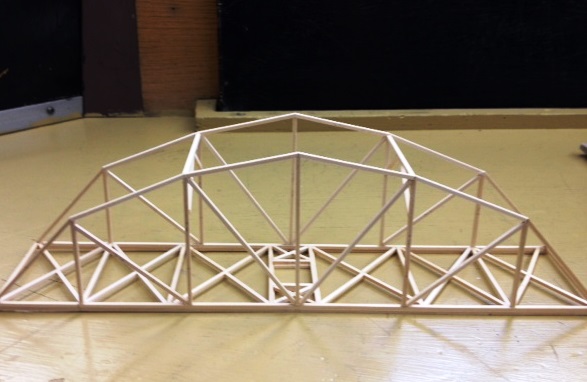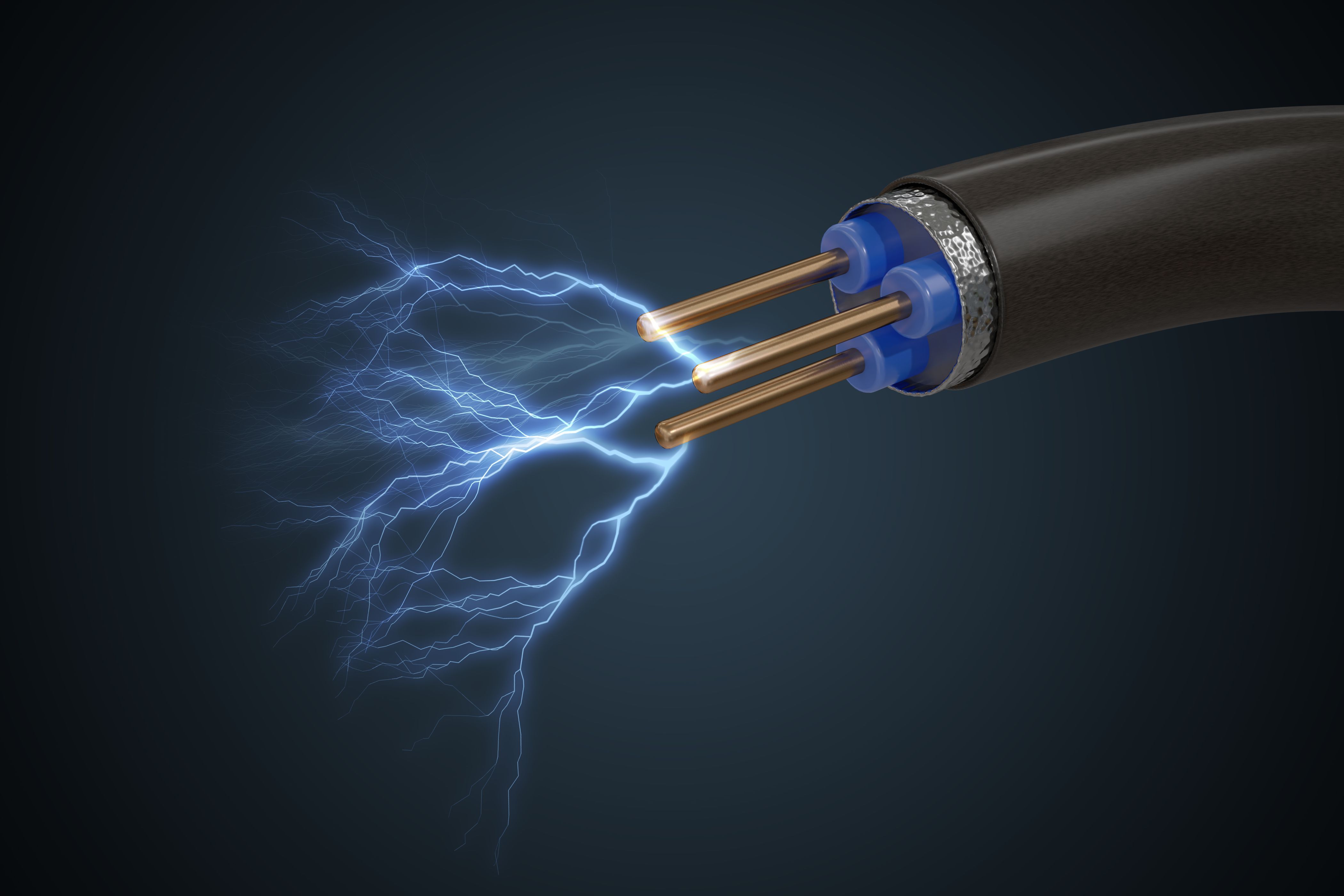Courses by Software
Courses by Semester
Courses by Domain
Tool-focused Courses
Machine learning
POPULAR COURSES
Success Stories
Internal Geneva Mechanism
Objective : Use the given 2D CAD drawings to create the 3D model of the Internal Geneva Mechanism and perform motion analysis by rotating the driver wheel at (i) 10 RPM and (ii) 20 RPM. Calculate the results of the study with and without precise contact. 1. Introduction 1.1 Geneva Mechanism Geneva mechanism,…
Anandita Gautam
updated on 18 Oct 2020
Objective : Use the given 2D CAD drawings to create the 3D model of the Internal Geneva Mechanism and perform motion analysis by rotating the driver wheel at (i) 10 RPM and (ii) 20 RPM. Calculate the results of the study with and without precise contact.
1. Introduction
1.1 Geneva Mechanism
Geneva mechanism, also called Geneva Stop, one of the most commonly used devices for producing intermittent rotary motion, characterized by alternate periods of motion and rest with no reversal in direction. It is also used for indexing (i.e., rotating a shaft through a prescribed angle).

1.2 Types of Geneva Mechanism
1) External Geneva Drive
2) Internal Geneva Drive
3) Spherical Geneva Drive
In this project, we are focusing on Internal Geneva Mechanism
2. Sketches
2.1 Driven Wheel

2.2 Driver Wheel

3. Procedure
- Create 3D models of respective parts using 2D CAD Drawing given
- Assemble the parts and use mates to constraint the bodies accordingly.
- Create a motion study and select motion analysis
- Define Contact and set motor on the axis of driver wheel.
- Calculate the motion study and get graphs with/without the precise contact.
- Export the graphs to spreadsheet.
Precise contact with 10 RPM Motor
_1602795118.png)
Precise contact with 20 RPM Motor
_1602795163.png)
4. Results
4.1 10 RPM Motor
4.1.1 Without Precision Contact
a. Contact Force vs Time

b. Angular Velocity vs Time

4.1.2 With Precision Contact
a. Contact Force vs Time

b. Angular Velocity vs Time

4.2 20 RPM Motor
4.2.1 Without Precision Contact
a. Contact Force vs Time

b. Angular Velocity vs Time

4.2.2 With Precise Contact
a. Contact Force vs Time

b. Angular Velocity vs Time

Observations:
- Precision contact offers more sensitive data and therefore the contact forces are higher when it is enabled.
- Angular velocity increases with increase in RPM
- Due to Jerk when the driver enters the driven wheel, the contact forces are initially high
Google Drive Link containing all the parts and assembly : https://drive.google.com/drive/folders/1HLB5EYkHmkC0-WTyyF9lBggpkN2edffd?usp=sharing
Animation Link: https://youtu.be/jCa9xXgaVOM
Leave a comment
Thanks for choosing to leave a comment. Please keep in mind that all the comments are moderated as per our comment policy, and your email will not be published for privacy reasons. Please leave a personal & meaningful conversation.
Other comments...
Be the first to add a comment
Read more Projects by Anandita Gautam (8)
Frequency Analysis of a rotating shaft
Introduction: An object's natural frequency is the frequency or rate that it vibrates naturally when disturbed. Objects can possess more than one natural frequency and we typically use harmonic oscillators as a tool for modeling the natural frequency of a particular object. We can apply an unnatural or forced frequency…
09 Sep 2022 01:53 PM IST
MBD Simulation on IC Engine Valve Train
Aim: To model and perform motion analysis on Valve Train Introduction: A valvetrain is a component that is designed to open and close the intake and exhaust valves so that air/fuel mixture can enter and leave the combustion chamber as gases. Nowadays, engines are designed with overhead cam assemblies which are known…
22 Dec 2020 04:18 PM IST
MBD Simulation on a Piston Assembly
Aim: To model and perform motion analysis with different piston positions Introduction: A piston is a component of reciprocating engines, reciprocating pumps, gas compressors, hydraulic cylinders and pneumatic cylinders, among other similar mechanisms. It is the moving component that is contained by a…
20 Dec 2020 07:37 PM IST
Planetary Gear
Aim: To model and run a motion analysis on Planetary Gear System. Introduction: An epicyclic gear train or planetary gear consists of 2-4 gears mounted so that the center of one gear revolves around the center of the other. The planet and sun gears mesh so that their pitch circles roll…
15 Dec 2020 03:36 PM IST
Related Courses






0 Hours of Content

Skill-Lync offers industry relevant advanced engineering courses for engineering students by partnering with industry experts.
Our Company
4th Floor, BLOCK-B, Velachery - Tambaram Main Rd, Ram Nagar South, Madipakkam, Chennai, Tamil Nadu 600042.
Top Individual Courses
Top PG Programs
Skill-Lync Plus
Trending Blogs
© 2025 Skill-Lync Inc. All Rights Reserved.








